Denmark knows how to make innovation policy decisions, assign roles, and carry out branding
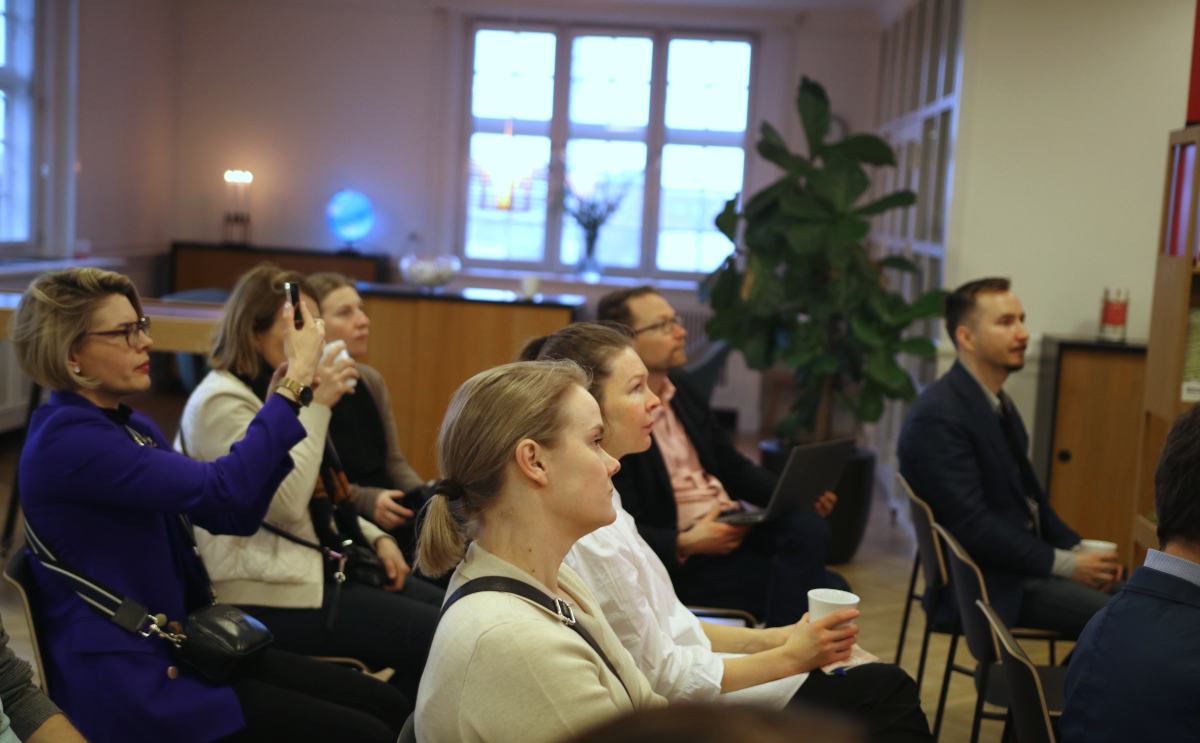
InnoCities headed to Denmark for an educational trip from 23 to 25 January. Our group of 20 came from all over Finland and was made up of representatives from cities, development companies, higher education institutions and regional councils, as well as TEM and BF. Many thanks to everyone who took part!
Denmark is currently at the top of the EU’s Innovation Scoreboard, with Sweden, Finland, the Netherlands and Belgium following immediately behind. For about 20 years now, the prevailing consensus in Denmark has been to increase RDI spending to 1% of the gross domestic product and, in the private sector, RDI investments have settled at the level of 2% of the GDP. In Finland, the target is 4%, in which 1.2% of GDP will consist of public RDI investments and 2.8% of private investments.
In 2019, Denmark ended up radically decreasing the number of innovation clusters (40–60 around Denmark at the time) and changing the selection and funding of the clusters to a top-down state-led model. Currently, there are 14 clusters. This was a clear lesson: Denmark has dared to make decisions regarding innovation priority areas. Both the regional and centralised models have their own advantages and challenges.
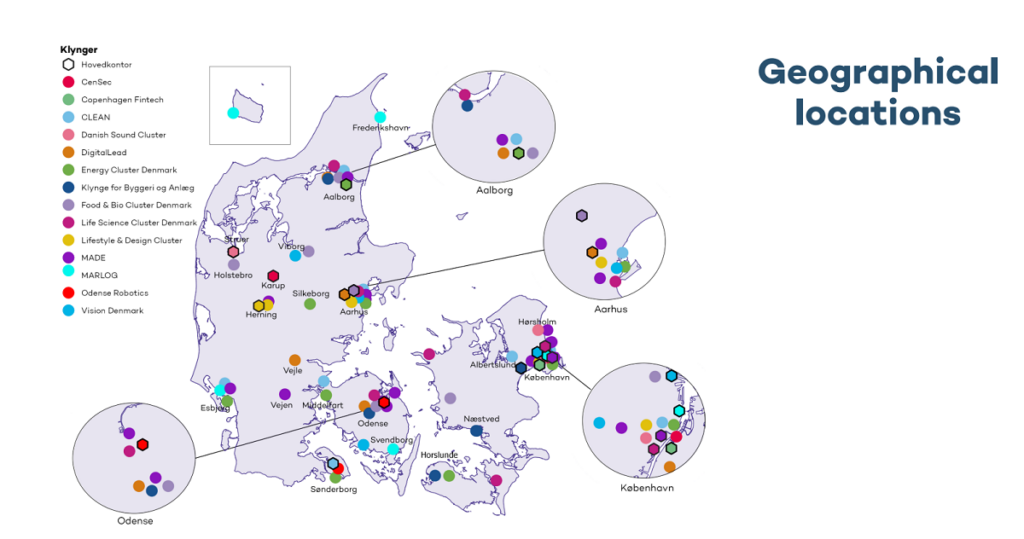
We visited two clusters, the MADE Manufacturing Academy of Denmark and Clean – The Danish Water and Environmental Cluster, and learned about ecosystem-like development work. The clusters each receive EUR 21.5 million per year, and they must distribute at least half of that funding to higher education institutions and companies. The clusters are appointed for four years at a time.
The image below illustrates the MADE cluster’s operations – industrial challenges and the expertise of research institutions form the basis for pilot projects and the broader implementation of solutions:
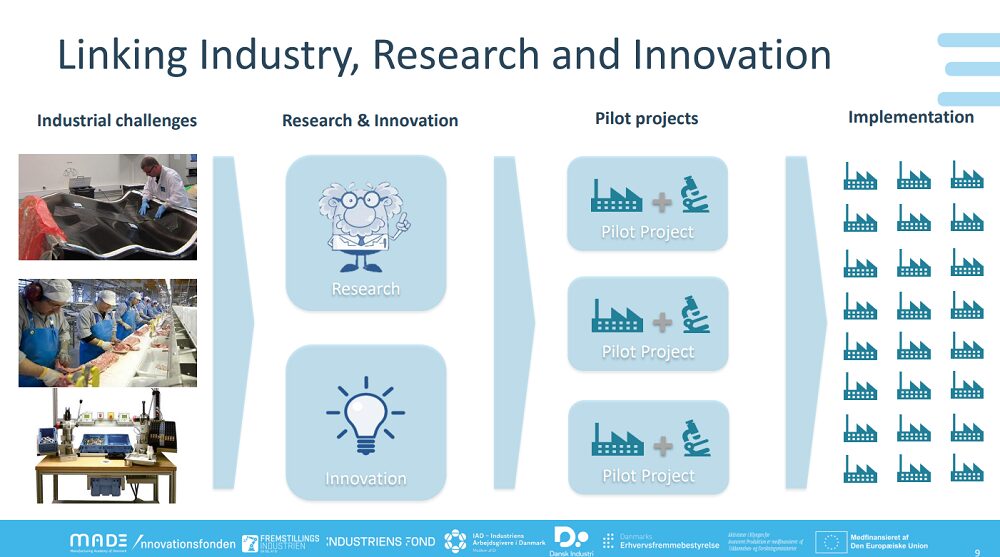
We also visited Food Nation and Digital Hub, which carry out marketing and branding. There are a total of five similar operators in Denmark, and they pick up where the clusters leave off, so to speak: they focus on branding, supporting export and building a coherent country brand for the industry.
The trip’s participants were impressed by the Danes’ ability to storify, assign roles and carry out branding, as well as their fast pace: solutions are actively offered abroad under the brand umbrella, even if the individual services and products have not been quite polished yet. This is a good lesson for Finland – cooperation between operators should provide a speed boost and the learning curves within individual organisations should be made much shorter in terms of internationalisation, among other things.
We received some good ideas and information from Business Finland’s Denmark office about the Danish market. Finns should follow the page www.marketopportunities.fi, which offers comprehensive information on market opportunities around the world. Do not hesitate to contact BF in regard to these opportunities.
The trip was well-received, and we are starting to plan the next possible trip for next winter. We welcome any requests and ideas you may have for this!
Comments in Youtube (Choose English subtitles)
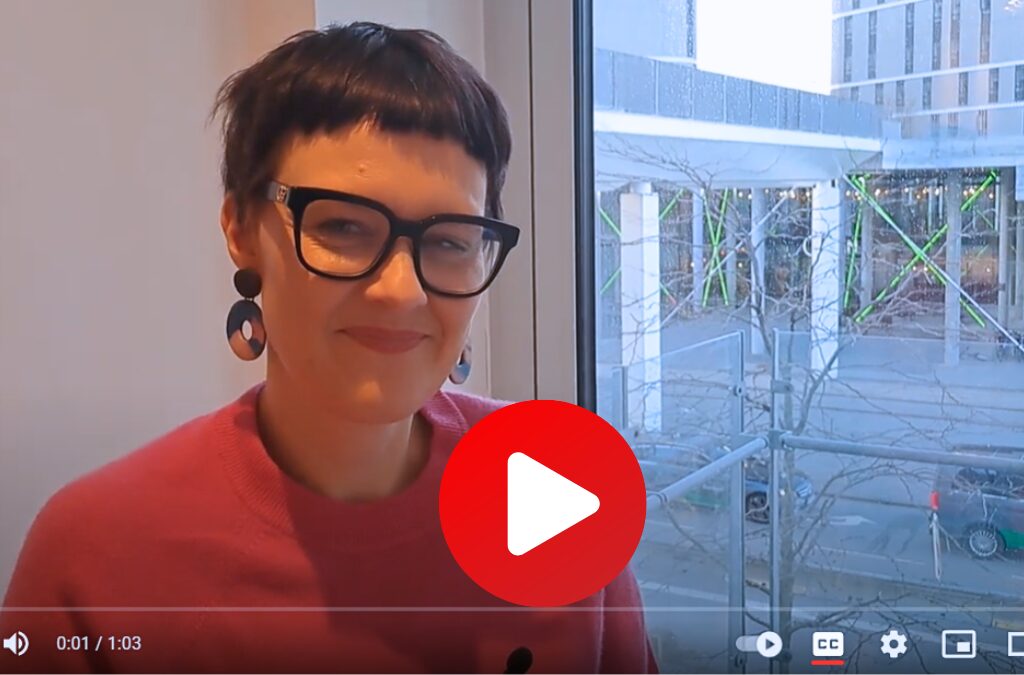

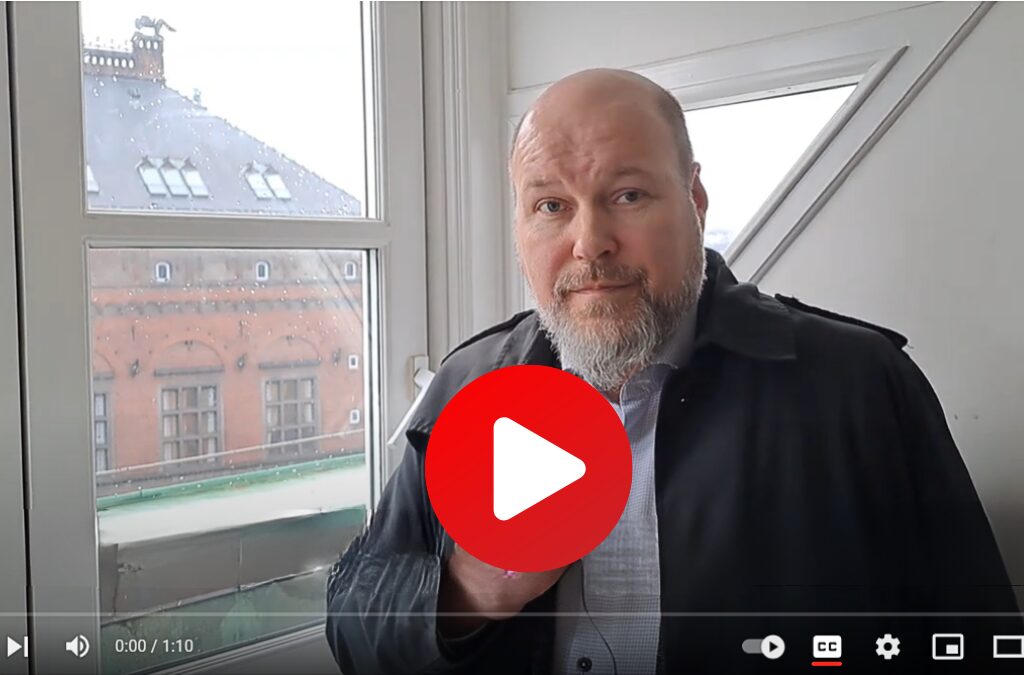
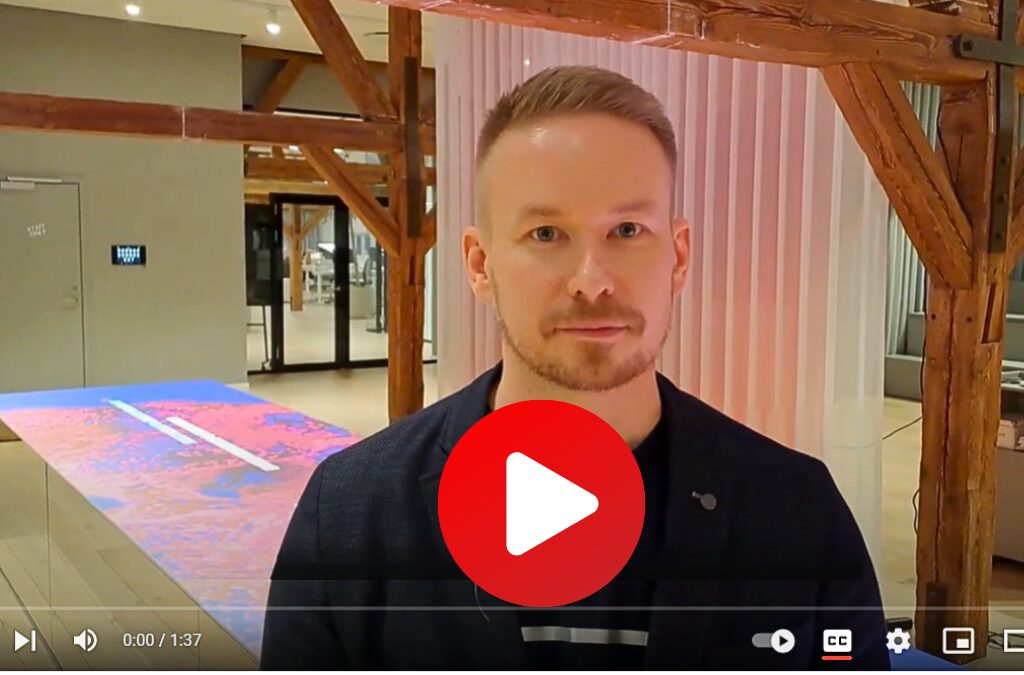
Presentations:
TEM – Innocities intro
Danish Agency for Higher Education and Science
Copenhagen City
Manufacturing Academy of Denmark
University of Copenhagen Lighthouse
CLEAN – the Danish Water and Environment Cluster
Digital Hub Denmark
Business Finland, Denmark
